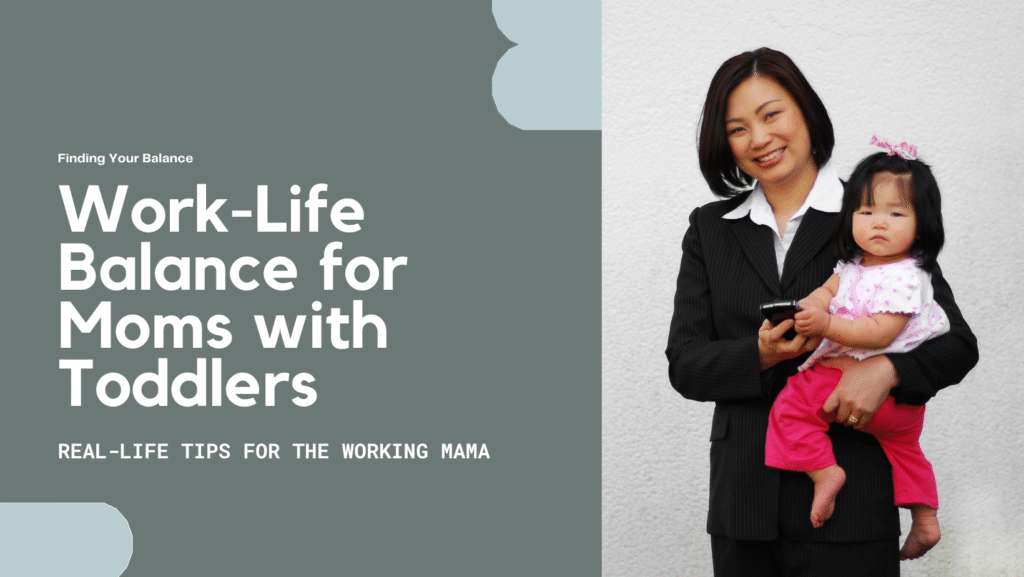A New Chapter for Families
Divorce is a major life transition. For parents, it can feel like both a personal and logistical upheaval. For children, it may bring confusion, loss, or insecurity. But with the right tools and a shared commitment to co-parenting, families can not only survive—but also heal and grow.
Whether you’re in the early stages of separation or years into your new parenting rhythm, these strategies offer a roadmap for navigating divorce with compassion, structure, and emotional safety—for everyone involved.
For Parents: Building a Safe, Stable Co-Parenting Relationship
1. Develop a Clear Co-Parenting Plan
Don’t leave things to chance. Collaboratively create a plan that covers:
- Custody schedules
- Holidays and school breaks
- Medical and educational decisions
- Communication boundaries
💡 Tip: Mediation or therapy can help keep discussions fair and emotionally safe.
2. Stay Consistent Between Households
Children thrive on predictability. Agree on shared guidelines around:
- Bedtimes and routines
- Screen time limits
- Homework expectations
- Discipline approaches
Consistency = comfort, especially during transitions.
3. Keep Conflict Out of the Child’s World
Children are emotionally sensitive to even subtle tension. Prioritize:
- No arguing in front of them
- No negative talk about the other parent
- Never using your child as a messenger
Keep all communication businesslike and focused on the child’s well-being.
4. Practice Open, Respectful Communication
Not every conversation will be easy, but structure helps:
- Use co-parenting apps like OurFamilyWizard or Talking Parents
- Share calendars and notes digitally
- Use email for complex topics and texts only when necessary
Respectful communication keeps co-parenting sustainable.
5. Support Your Child’s Relationship with the Other Parent
This is one of the most powerful ways to protect your child emotionally.
Avoid:
- Guilt-tripping your child for enjoying time with the other parent
- Making them feel they must choose sides
Encourage open connection and reassurance that both parents love them.
6. Seek Therapy—Individually and as a Family
Divorce is a trauma, even when it’s the right choice. Therapy offers:
- A space to process anger, grief, or guilt
- Tools for healthy communication and co-parenting
- Support for children’s emotional adjustment
Family therapy can help reestablish shared goals and create a “new normal.”
7. Watch for Red Flags
Stay aware of changes in your child’s behavior:
- Withdrawal or isolation
- Sleep or appetite changes
- Frequent stomachaches or headaches
- Aggression or academic struggles
These may signal distress—seek professional support early.
For Children: Building Emotional Safety and Resilience
1. Give Them Permission to Feel
Children need:
- Space to cry, talk, or express anger
- Reassurance that their emotions are valid
- Creative outlets—art, journaling, music
A child therapist or play therapist can help them express emotions safely.
2. Reinforce That the Divorce Is Not Their Fault
You may need to repeat this message often. Children are egocentric by nature—they may assume blame for family changes. Keep reassuring them: This is not your fault.
3. Keep Life Predictable
Routines create stability. Consistent bedtime, school schedules, and family traditions help children feel grounded in uncertain times.
4. Teach Healthy Coping Skills
Help children learn how to:
- Name and express emotions
- Ask for help when needed
- Manage stress through deep breathing, journaling, or mindfulness
Apps like Mightier (for emotion regulation) and Breathe, Think, Do with Sesame (for younger kids) can make coping skills fun and interactive.
5. Encourage Relationships with Trusted Adults
Let your child know who’s safe to talk to—teachers, relatives, coaches, mentors, or therapists. A strong support network helps them feel secure.
Recommended Books and Resources
For Parents
- Co-Parenting Through Separation and Divorce – Jann Blackstone & David Hill
(A practical guide to co-parenting communication and child-centered planning.) - Mom’s House, Dad’s House – Isolina Ricci
(A classic on creating cooperative, balanced parenting plans.) - Two Homes, One Childhood – Robert E. Emery
(Helps parents create long-term emotional security for children.)
For Children
- It’s Not Your Fault, Koko Bear – Vicki Lansky (ages 3–7)
- When My Parents Forgot How to Be Friends – Jennifer Moore-Mallinos (ages 4–8)
- The Invisible String – Patrice Karst (all ages)
(A beautiful reminder that love connects us, even when apart.)
Apps & Tools for Co-Parenting
- OurFamilyWizard – Messaging, shared calendars, and expense tracking
- Talking Parents – Secure communication with built-in accountability
- 2Houses – Coordinates shared parenting schedules and logistics
- Coparently – Streamlined organization for co-parenting families
Final Thoughts: You’re Building a New Kind of Family
Divorce is not the end of your family—it’s a transformation. With patience, communication, and compassion, co-parents can create something stable and strong.
For children, that sense of safety and love is everything.
Therapy is not a sign of failure—it’s a gift of resilience and healing. By supporting your own emotional growth, you model strength, empathy, and hope for your children.
If you’re navigating co-parenting or considering therapy, reach out to a licensed family therapist or child counselor. You are not alone—support is available.
References
American Psychological Association. (2023). Children and divorce. https://www.apa.org/topics/divorce-children
Blackstone, J., & Hill, D. (2020). Co-parenting through separation and divorce: Putting your children first. American Academy of Pediatrics.
Emery, R. E. (2016). Two homes, one childhood: A parenting plan to last a lifetime. Avery.
Lansky, V. (1997). It’s not your fault, Koko Bear: A read-together book for parents and young children during divorce. Book Peddlers.
Moore-Mallinos, J. (2005). When my parents forgot how to be friends. Barron’s Educational Series.
Ricci, I. (1997). Mom’s house, dad’s house: Making two homes for your child. Fireside.
Karst, P. (2000). The invisible string. DeVorss & Company.




